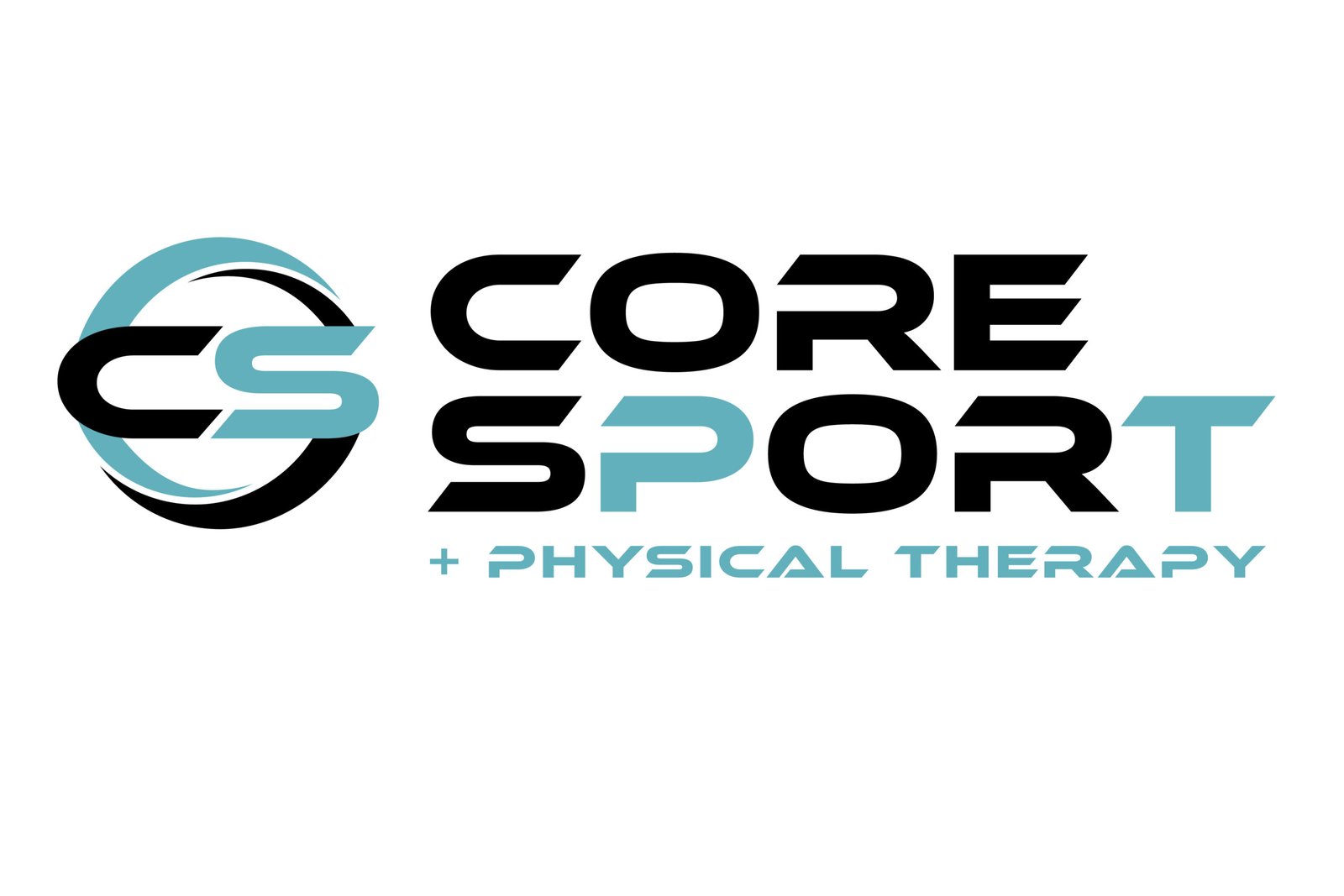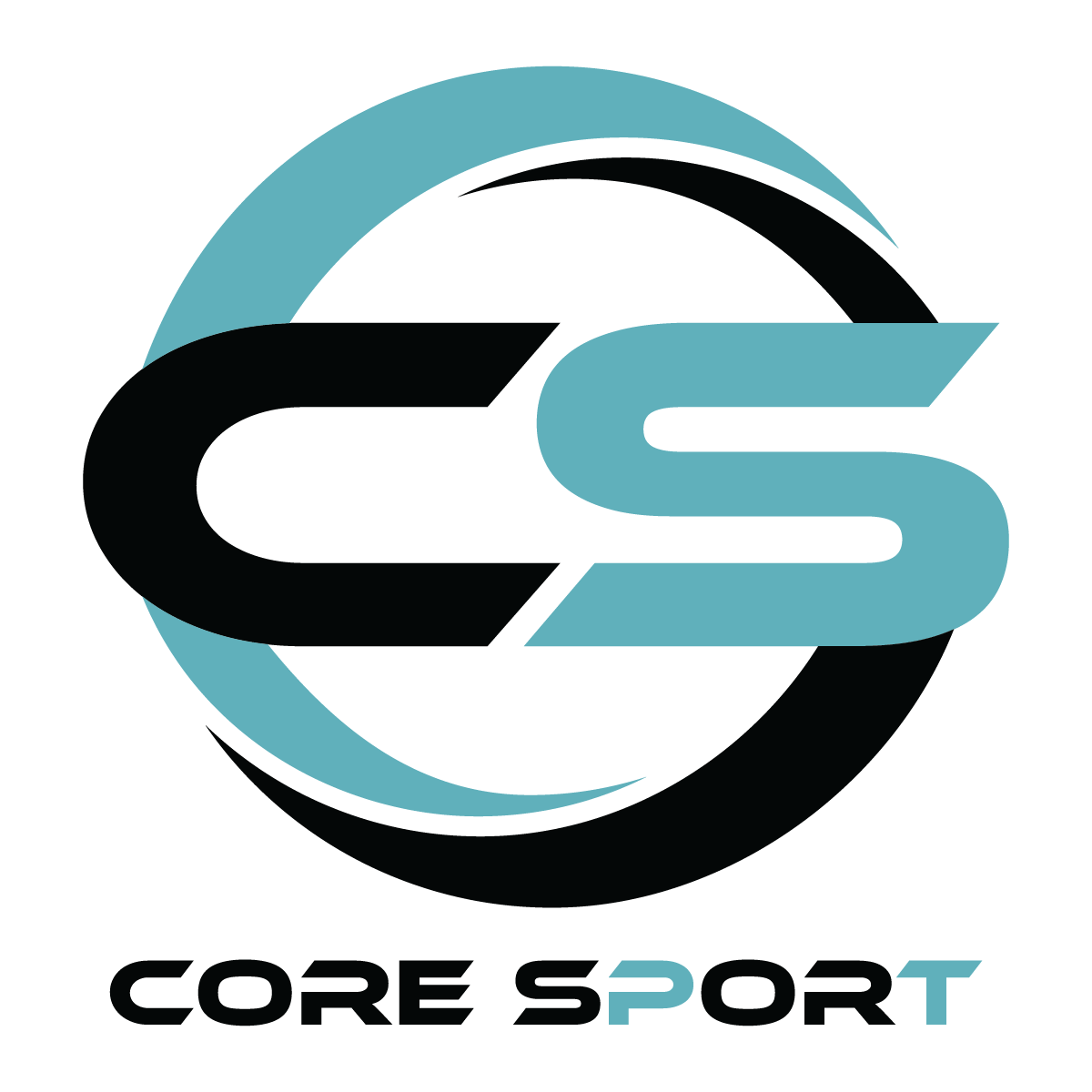Optimizing ACL Rehab: Why Strength Testing with VALD Equipment is
Essential for Safe Return to Sport
Recovering from ACL surgery is a long and challenging process, and returning to sport safely requires precise monitoring of an athlete’s strength and biomechanics. At Core Sport Physical Therapy, we utilize VALD performance testing technology to ensure athletes meet key strength benchmarks before progressing back to full activity. Strength testing plays a critical role in assessing readiness by evaluating quadriceps limb symmetry index (LSI), hamstring LSI, hamstring-to-quadriceps ratio, and rate of force development (RFD).
Why Strength Testing Matters in ACL Rehab
Returning to sport too soon after ACL reconstruction significantly increases the risk of re-injury. Research shows that athletes with strength deficits in the quadriceps or hamstrings are at a
higher risk of reinjury due to compromised knee stability and biomechanics. By implementing VALD technology, we obtain objective data to guide decision-making and progression throughout the rehab process.
Key Strength Metrics for ACL Recovery
- Quadriceps Limb Symmetry Index (LSI)
The quadriceps are crucial for knee stability, shock absorption, and dynamic control. A
minimum of 90% LSI (injured leg vs. uninjured leg) is often recommended before returning to sport. VALD’s force plates and dynamometry tools provide accurate measurements of peak force output, allowing us to ensure sufficient quadriceps strength before increasing activity levels.
- Hamstring Limb Symmetry Index (LSI)
Hamstrings play a key role in knee stabilization and ACL protection. Like the quadriceps, a hamstring LSI of at least 90% is necessary to ensure strength balance between limbs. Testing with VALD equipment allows us to monitor deficits and implement targeted strengthening programs when needed.
- Hamstring-to-Quadriceps Ratio
A proper balance between hamstring and quadriceps strength is essential for knee stability. An inadequate hamstring to quadricep ratio can put excessive stress on the ACL, increasing the risk of reinjury. Ideally, the hamstring to quadricep ratio should be at least 0.6, meaning the hamstring strength should be at least 60% of quadriceps strength. VALD’s isokinetic and dynamometry testing provides precise measurements to assess this ratio and guide rehabilitation strategies.
- Rate of Force Development (RFD)
Strength is not just about peak force but also about how quickly force can be generated. RFD is
a critical factor in sport-specific movements like cutting, jumping, and sprinting. Slow force production can lead to poor neuromuscular control and compensatory movement patterns. Using VALD’s force plates, we can measure RFD and tailor explosive strength training programs to improve power and reactivity.
The VALD Advantage in ACL Rehab
VALD performance testing technology provides real-time, data-driven insights to optimize ACL rehab progression. Unlike subjective assessments, VALD offers quantifiable data on muscle strength, asymmetries, and neuromuscular control. This helps clinicians and athletes make informed decisions about when it is safe to return to sport and what areas need further improvement.
Conclusion: Prioritizing Strength Testing for Long-Term Success
An athlete’s return to sport after ACL surgery should be guided by objective strength benchmarks, not just time-based protocols. By incorporating VALD strength testing, we can minimize reinjury risk, improve performance, and ensure a safe and confident return to competition. If you’re recovering from ACL surgery and want to ensure you’re on the right track, contact Core Sport Physical Therapy today to schedule a comprehensive strength assessment.

